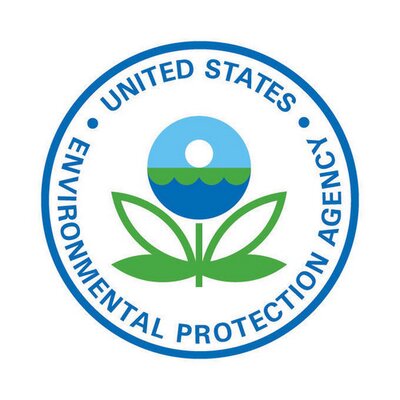A recent study stated that lead is still the most prevalent contaminants in US school drinking water. Lead can enter drinking water from service lines and lead-containing plumbing, particularly in the presence of corrosive water. While testing for lead in drinking public water systems is mandatory across the US, testing taps and remediating contamination is still voluntary for most schools. These actions are critical because lead can have neurodevelopmental effects in children, even at low levels of exposure. Addressing this potential gap in knowledge, the state of South Carolina has performed water testing in 668 public water systems across the state. Defining an action level for lead as greater than 15 ppb or 0.015 mg/L and covering the period between 2014 and 2018, this report allowed the identification of 30 critical areas with samples above the action level, out of which the vast majority of them have been corrected.
Using this report as framework, and aiming to identify potential sources of lead contamination in drinking water outlets, we proposed to obtain and test water samples from 20 day care centers in South Carolina. As a priority, the project will focus on those centers that have tested above the action level at least once in the reported period. The project will then target the oldest centers in the region, as reported by the Department of Education. Other educational centers, such as schools will be tested by EPA.
Project Objectives
The project will provide financial support required to travel to the selected centers, sample at several drinking water outlets, and obtain at least 2 samples at different times on each outlet. Timestamps will include first-draw samples (9 hour stagnation, sample obtained before any water is used in the building) and then 1 hour after normal activities using a 30 sec flush. In order to minimize variability, Dr. Garcia (PI) and Dr. Chumanov (co-PI) will recruit students from Clemson University who will drive to the centers and collect the samples in ah-hoc vials. Students will also inspect the faucets and exposed plumbing fixtures to determine potential problems (solder, brass, etc) and collect information about the building (year built, remodel year, etc).
Financial Support for this Project
The project was supported by EPA’s College Underserved/Community Partnership Program and recently assigned to another group due to multiple changes in scope.




